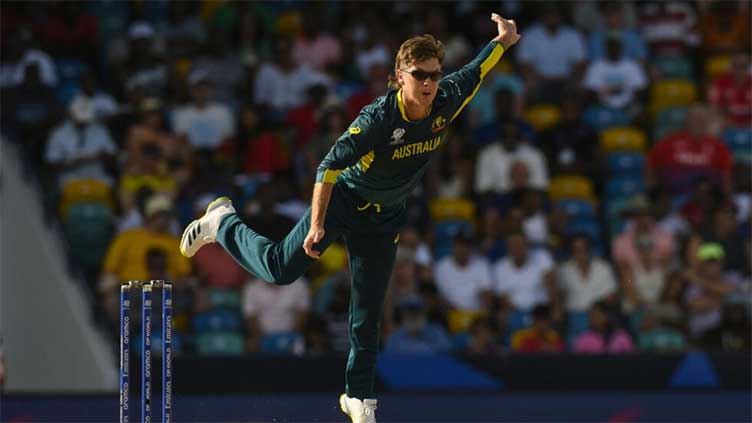CNN Story
The rivalry between two of the world’s wealthiest individuals, Elon Musk and Mukesh Ambani, is escalating as they prepare to compete in India’s satellite broadband market. The competition intensified following the Indian government’s recent decision to allocate satellite spectrum administratively rather than through an auction.
Musk has been a vocal critic of the auction-based spectrum allocation, which was previously advocated by Ambani. Satellite broadband, which provides internet coverage across the satellite’s footprint, is seen as a reliable solution for remote or rural areas where traditional networks, like DSL or cable, are unavailable. This technology holds the potential to bridge the digital divide in underserved regions.
India’s telecom regulator has yet to finalize spectrum pricing, and satellite internet services are not operational yet. However, projections from credit rating agency ICRA estimate that satellite internet users in India could reach two million by 2025.
The market is already crowded, with Reliance Jio, led by Ambani, emerging as a key player. Jio, which has invested heavily in airwave auctions to dominate the telecom sector, has now partnered with Luxembourg-based SES Astra, a prominent satellite operator. Unlike Musk’s Starlink, which relies on low-Earth orbit (LEO) satellites positioned between 160 to 1,000 kilometers for faster service, SES operates medium-Earth orbit (MEO) satellites at higher altitudes, making the system more cost-efficient.
Starlink, Musk’s satellite internet venture, already operates 6,419 satellites and serves over four million customers across 100 countries. Although Musk has aimed to launch Starlink in India since 2021, regulatory challenges have delayed his plans. If Starlink successfully enters India, it could align with Prime Minister Narendra Modi’s vision of attracting foreign investments and dispel criticisms that the government’s policies disproportionately favor domestic giants like Ambani.
India’s government has defended the decision for administrative spectrum allocation, citing alignment with international standards. Technology analyst Gareth Owen from Counterpoint Research supports this, noting that auctions could deter investment by inflating costs. Administrative allocation would allow qualified players like Starlink a fair chance to compete.
On the other hand, Ambani’s Reliance has argued that an auction is essential to ensure fair competition, especially given India’s lack of clear legal guidelines on satellite broadband. In letters to the telecom regulator in October, Reliance emphasized the need for parity between satellite and terrestrial networks, pointing out that advancements in satellite technology blur the boundaries between the two. It also argued that auctions remain the standard procedure under Indian telecom laws, with administrative allocations reserved for specific public or economic reasons.
In response to reports that Ambani had lobbied for a reversal of the government’s stance, Musk took to X (formerly Twitter), remarking that he would personally reach out to Ambani to request fair competition. Musk highlighted that satellite spectrum, as designated by the International Telecommunication Union (ITU), a UN agency, is traditionally shared and not subject to auctions.
Ambani’s insistence on auctions may reflect a strategic effort to outbid Starlink, potentially blocking its entry into the Indian market, suggests Owen. Other telecom magnates like Sunil Mittal of Bharti Airtel have also supported auctions, stating that companies targeting urban markets should obtain telecom licenses and spectrum like other operators. Mittal, who controls 80% of India’s telecom market along with Ambani, sees international entrants as long-term competitors capable of disrupting the sector.
Analyst Mahesh Uppal believes the resistance to administrative pricing is a defensive strategy by Indian telecom giants to raise entry barriers for global players. Although satellite technology isn’t an immediate threat, rapid advancements could soon challenge terrestrial networks’ dominance.
The stakes are high in India’s vast market, where approximately 40% of the 1.4 billion population still lacks internet access, mainly in rural areas. For comparison, China has nearly 1.09 billion internet users, far surpassing India’s 751 million. While India’s internet penetration rate lags the global average of 66.2%, recent studies show that it is closing the gap.
Affordable satellite broadband could help reduce this divide and facilitate the growth of the Internet of Things (IoT), connecting everyday devices to the web. However, pricing will be critical, given that mobile data in India is among the cheapest in the world, costing just 12 cents per gigabyte, according to Modi.
Prasanto K Roy, a technology analyst, predicts a price war between Musk and Indian operators. Musk, known for his financial prowess, could offer free services in select areas to gain market traction. Starlink has already lowered prices in African markets like Kenya and South Africa, demonstrating its flexibility.
However, Starlink’s higher costs—reportedly ten times that of Indian providers—pose a challenge. A 2023 report by EY-Parthenon highlighted that without government subsidies, competing with local providers may be difficult. Additionally, LEO satellites, like those used by Starlink, require more units for global coverage, leading to higher launch and maintenance expenses.
Nonetheless, analysts suggest that fears of satellite broadband displacing terrestrial networks are overblown. Owen notes that businesses are unlikely to switch entirely to satellite unless terrestrial options are unavailable. Terrestrial networks will remain more cost-effective, except in sparsely populated areas.
Although Musk might enjoy a first-mover advantage, satellite markets are known to develop slowly. The high-stakes rivalry between Musk and Ambani over the future of satellite internet in India marks the beginning of a new era in global connectivity.





